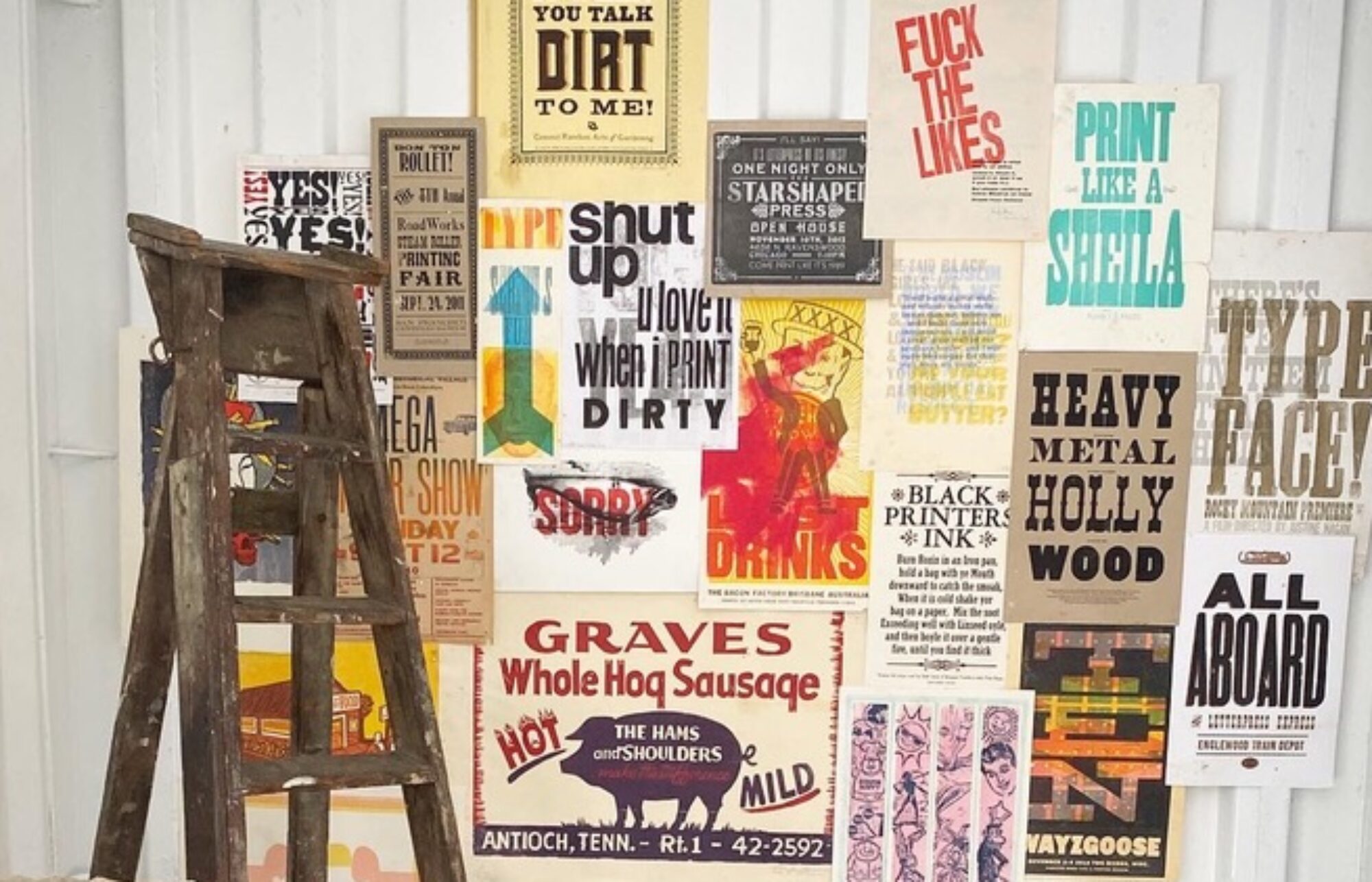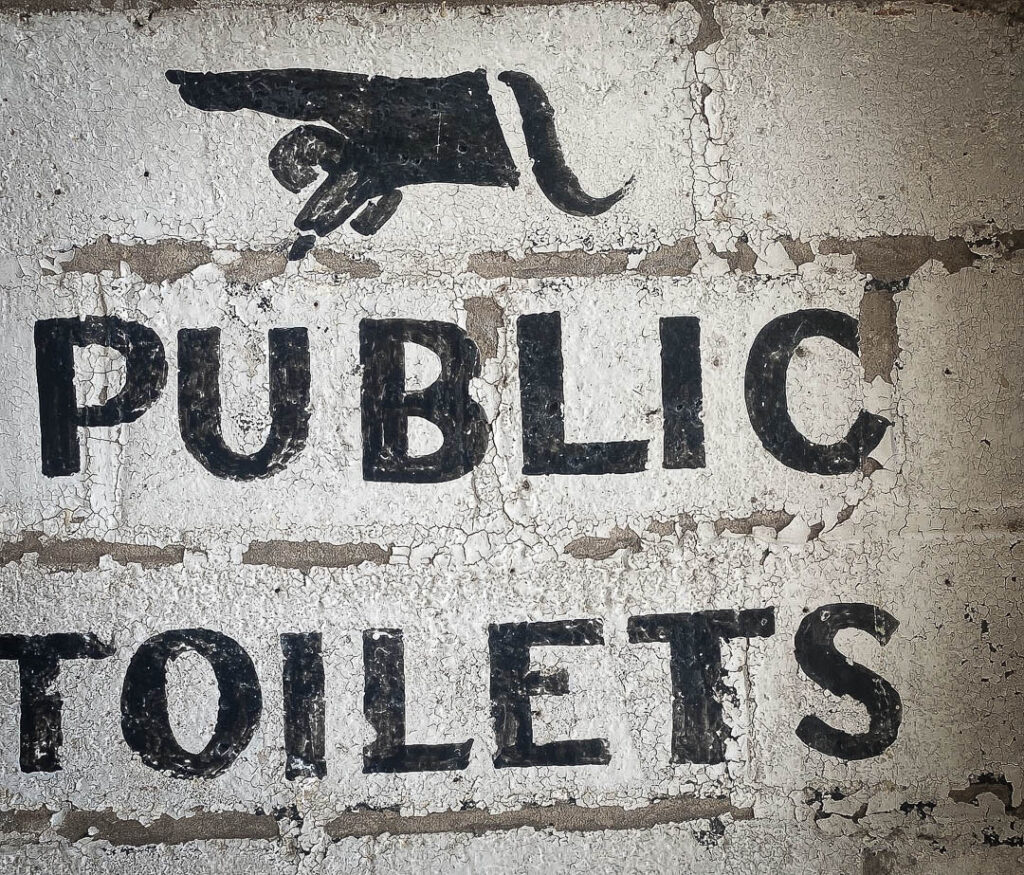


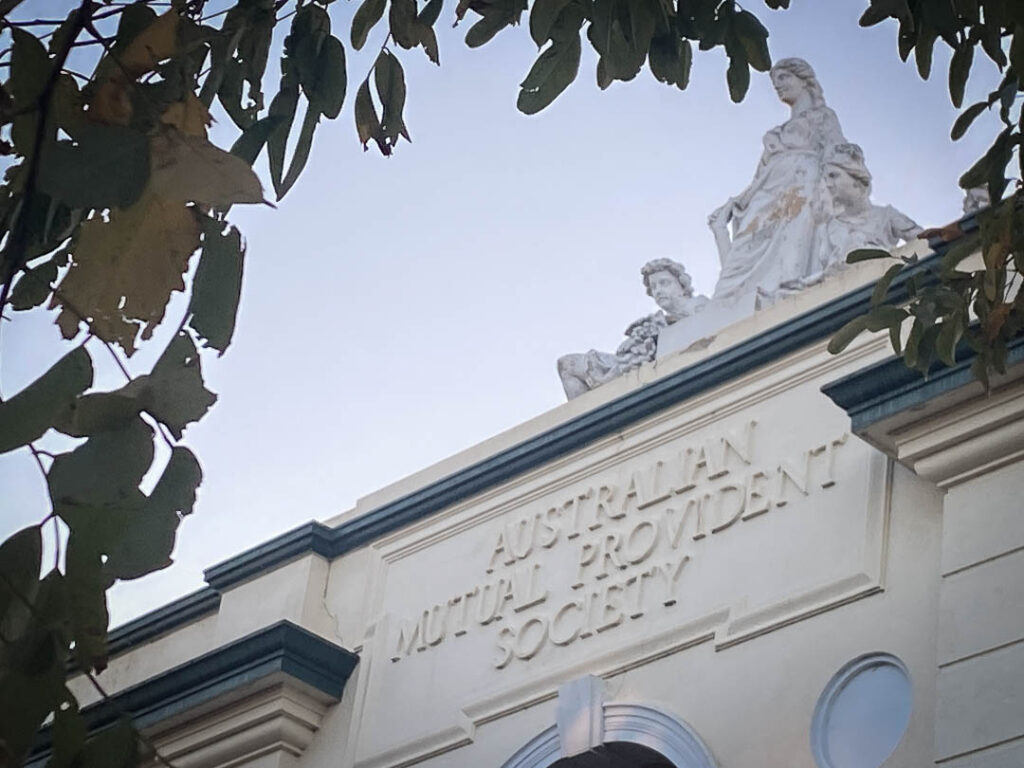
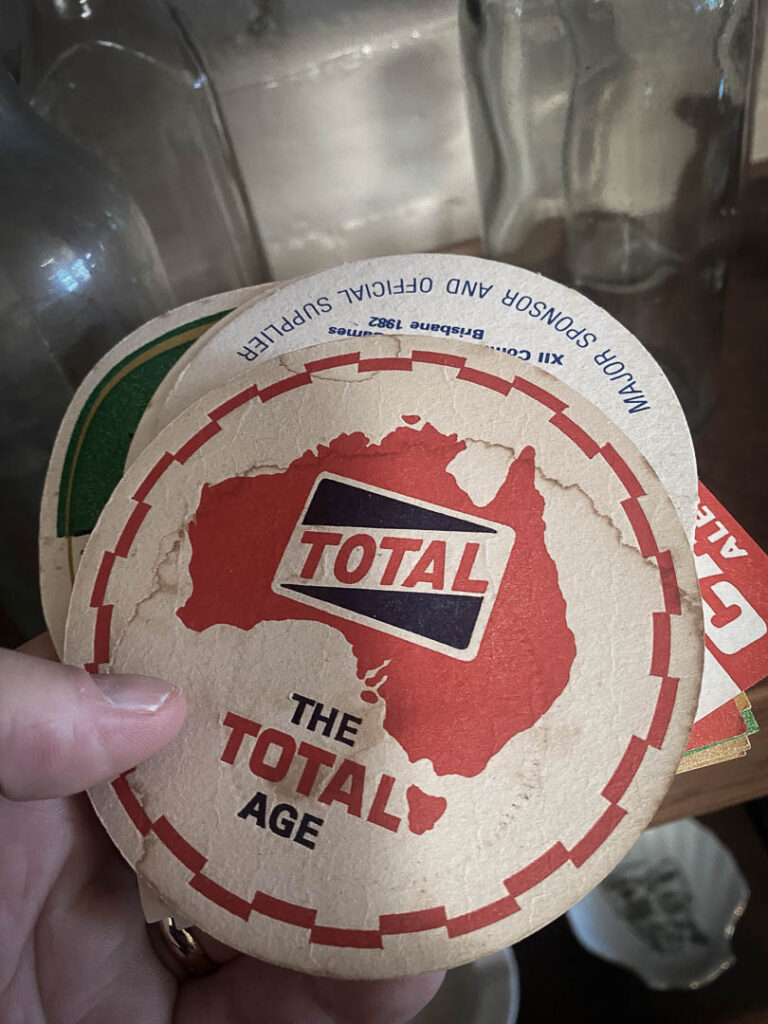


In a world dominated by technology and artificial intelligence, it is easy to overlook the significance of our physical surroundings and the cultural heritage that defines our communities. Small country towns, with their unique typographic vernacular, are home to a treasure trove of stories, history, and human connections. As design students and enthusiasts, stepping out of the classroom and immersing ourselves in these rural communities can provide a fresh perspective and a vital counterbalance to the rise of AI and the machine.I urge you to explore the importance of embracing rural typographic heritage, supporting local businesses, and preserving the soul of our country.
The Fading Glory of Small Country Towns: Over the years, the digital revolution has reshaped the way we conduct business and interact with the world. Online platforms and e-commerce have enabled global connections, but they have also posed challenges for small, local businesses in rural areas. As these businesses struggle to adapt to the changing landscape, we witness the gradual decay of the charming townscapes that once thrived on human connections and local craftsmanship.
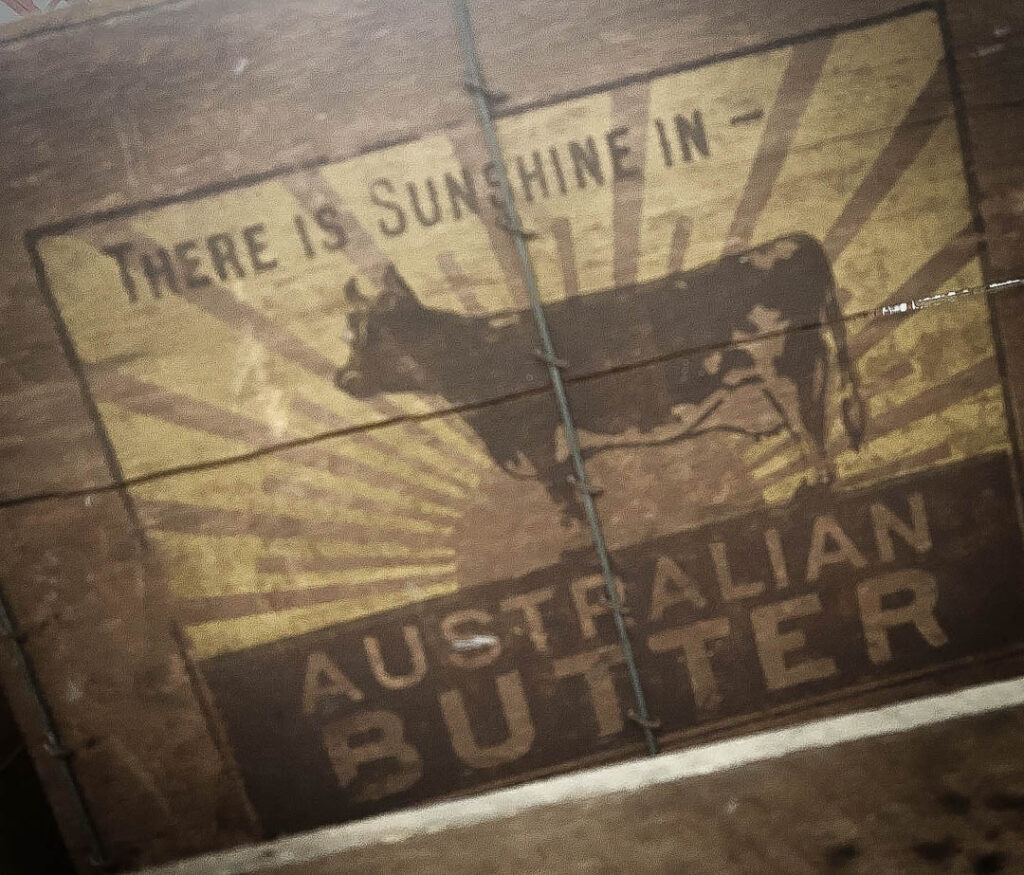

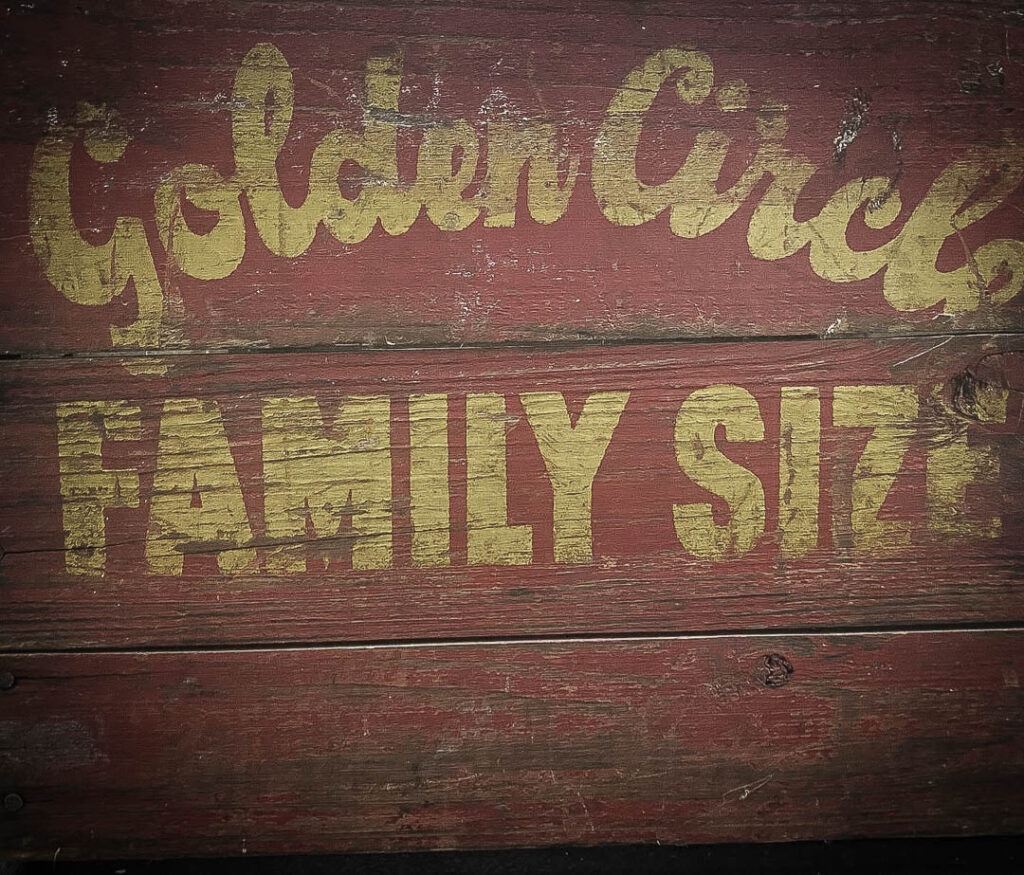

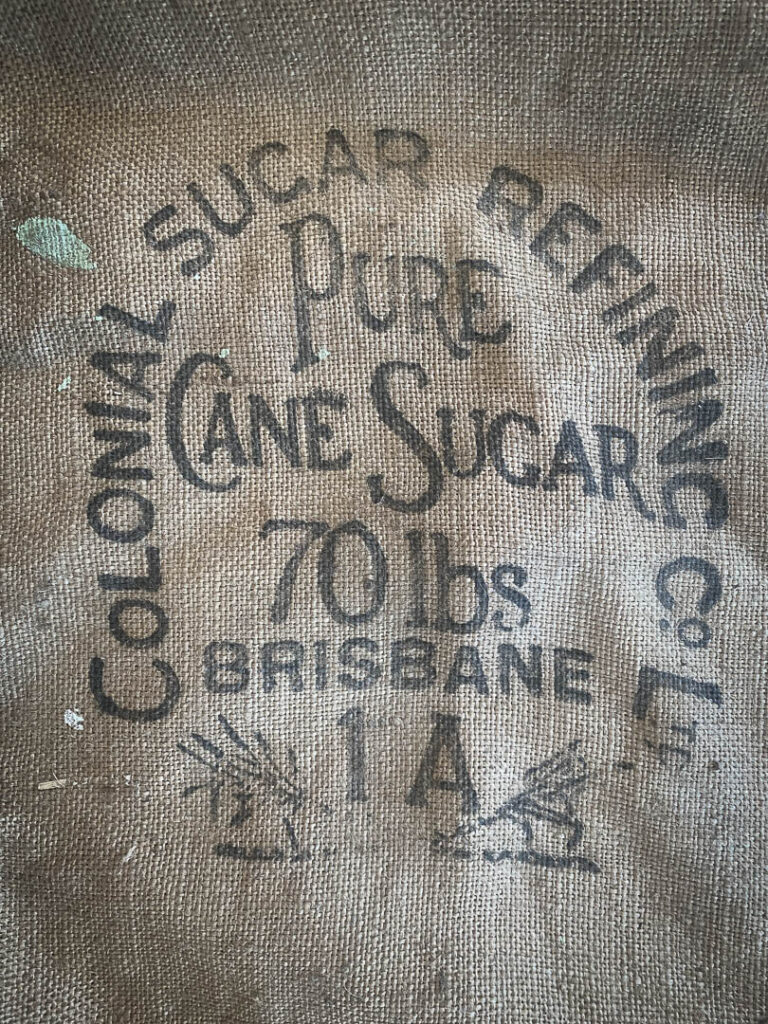
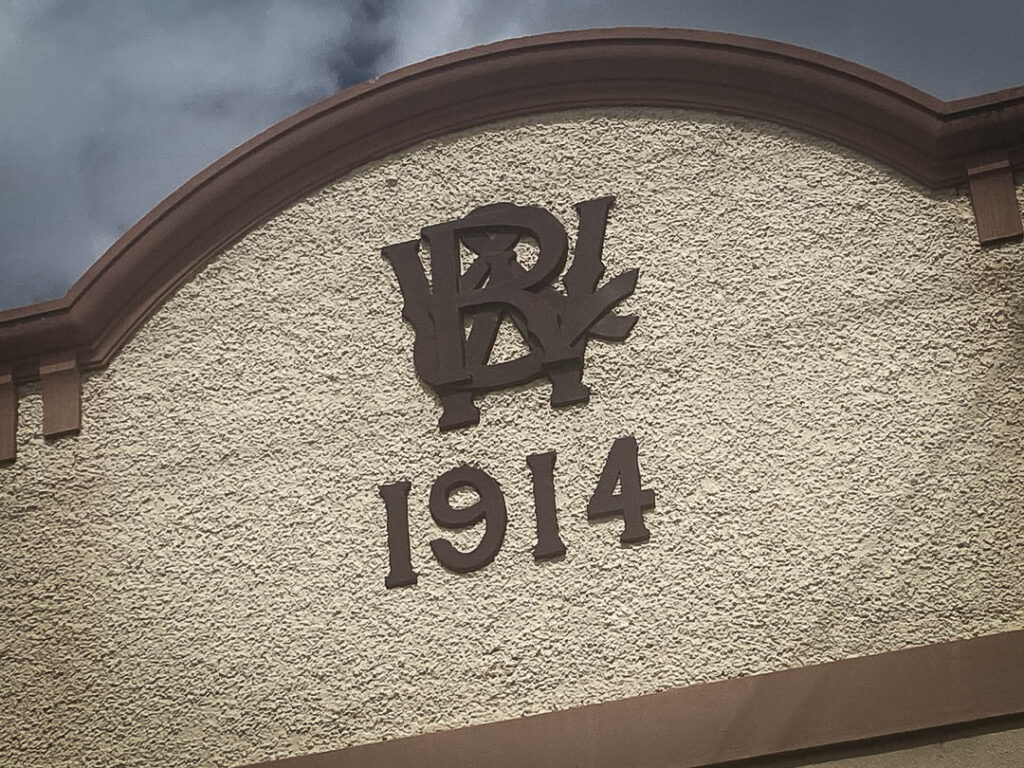
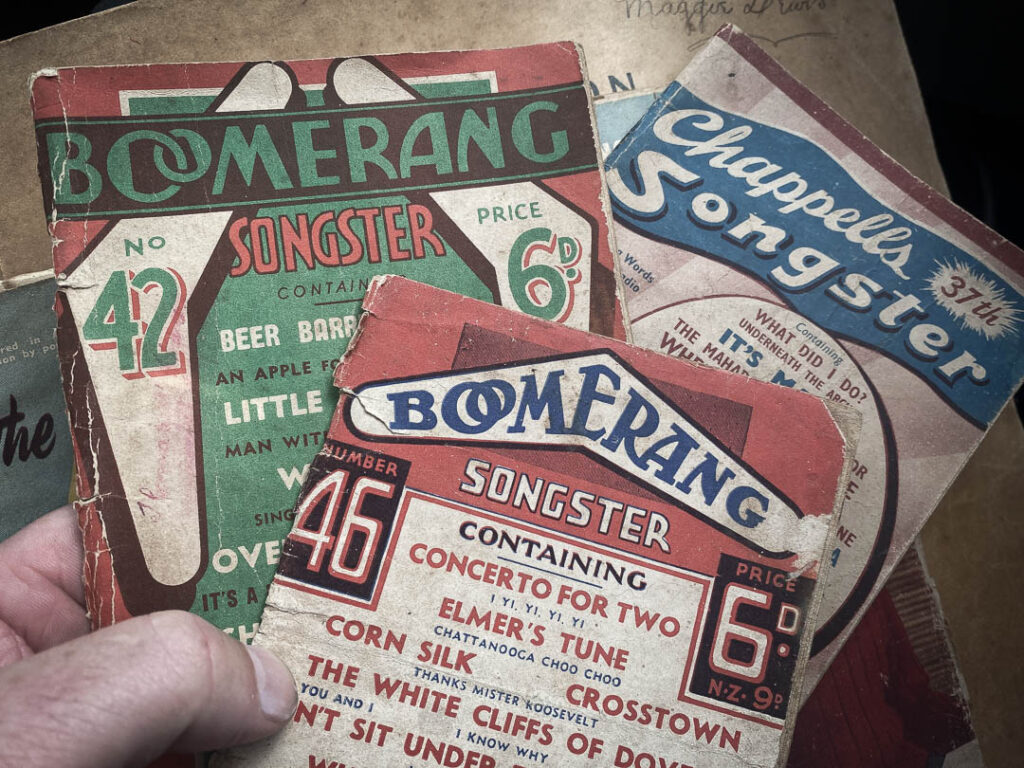
Embracing the Rural Typographic Vernacular: The rural typographic vernacular is a visual language that speaks volumes about the history and culture of a community. Hand-painted signs, weathered facades, and timeless letterforms on buildings tell stories of local trades, family-run businesses, and the values that have bound these towns together for generations. Engaging with this typographic heritage allows us to understand the essence of humanist interactions and fosters a sense of community that is often lost in the digital world.
Supporting Local Businesses: Preserving the character of small country towns is not just about aesthetics; it also means supporting the local businesses that have stood the test of time. These businesses are the backbone of rural economies, and their survival relies on the support of the communities they serve. By actively patronising these establishments, we contribute to their economic resilience and help preserve the cultural significance they bring to our lives.




Celebrating Craftsmanship and Artistry: The typographic treasures found in small country towns are not just random scribbles; they are the result of skilled craftsmanship and artistic expression. Each sign and facade represents the effort, talent, and passion of individuals who have contributed to the cultural tapestry of the community. By celebrating these art forms, we promote creativity and encourage others to value the unique heritage of each place they visit.
Preserving for Future Generations: As we embrace the possibilities offered by AI and technology, we must remember that preserving our cultural heritage is equally important. The typographic vernacular of small country towns is a testament to the human touch, the connection between people and place, and the sense of belonging that goes beyond the digital realm. By actively engaging with and preserving these typographic treasures, we ensure that future generations can also experience the beauty and authenticity of these communities.

Conclusion: Getting design students out of the classroom and into small rural towns to observe and experience the typographic vernacular is an essential step towards balancing the rise of AI and the machine. It allows us to reconnect with the humanist interactions, cultural heritage, and local businesses that form the heart of our country. By celebrating the typographic treasures of these towns, we can inspire others to appreciate the beauty of our shared past and ensure that it continues to shape our collective future. So, let’s step outside, explore, and celebrate the essence of small country towns while preserving their soul for generations to come.
